Spitfire recovery 10/10/07
We will remember them.
Pilot, Sgt DC Goudie, Royal
Canadian Air Force
Page
1 2
3

Grateful thanks to Gareth Jones
and Ian Hodgkiss for the pictures and recovery details.
A Spitfire MkIIa was excavated by the
Warplane Wreck Investigation Group on October 6th, eight days before the 65th
anniversary of it's crash.
This is a record of the recovery of Mk
II Spitfire
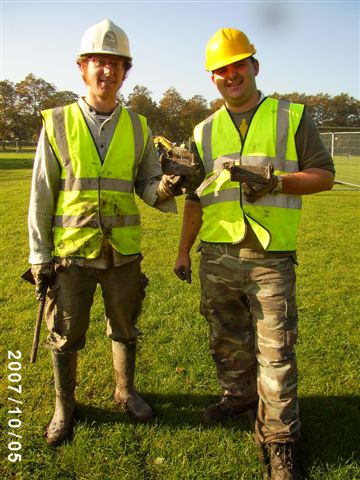
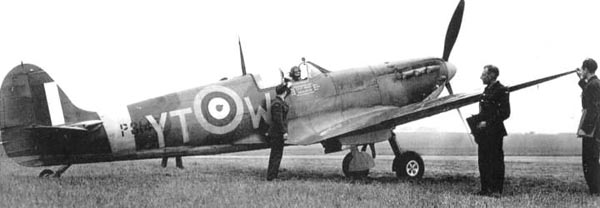
The aircraft was on an engine test from 57 Operational
Training Unit at Hawarden. The pilot, Sgt DC Goudie, Royal Canadian Air Force,
climbed to 10,000" over Birkenhead when the aircraft started to vibrate
violently. Unable to maintain control and with the danger of the aircraft
disintegrating he baled out. The Spitfire performed a brief unmanned aerobatic
display, watched by many eyewitnesses on the ground before diving into the
southwest corner of Birkenhead park and destroying itself completely. The
accident investigation board found enough of the control surfaces to rule them
out as a cause but stated. "One propeller blade was not recovered and was
probably still attached to the engine which buried itself some 20 feet in the
ground."
Birkenhead has the only grade one listed park in the country, which made
arrangements for the dig challenging. Two years of letters and meetings were
needed to gain all the necessary permissions. The founder member of WWIG was one
of the eyewitnesses to the crash and his son organised the excavation in memory
of his late father.
The exact site proved difficult to locate. The park had been landscaped since
the war, but was still littered with steel AA shrapnel which confused the
magnetometers being used. The first promising reading proved to be a (probably
not Supermarine) goalpost. The site was eventually pinned down to an area of
household rubbish and backfill just under the turf. At a depth of only a foot a
strong smell of aviation fuel wafted out and proved the magnetometer signal was
not a manhole cover. There were traces of corroded aluminium beyond this and the
digger was brought in. There were only tiny fragments down to five feet before
the perfectly preserved tail wheel damper and a section of tailplane emerged
from the now thick clay. The tail section carried a lovely label stating 'Castle
Bromwich Aircraft Factory, Birmingham'. Just below these fragments the whole
Spitfire emerged, compressed into a twisted ball no more than four feet thick.
The digger cleared the area to the sides before exposing the wreckage. Amongst
the items immediately visible were the prop boss, oxygen and compressed air
bottles, supercharger impeller, radio aerial and rack and cockpit door. Most of
the fuselage skinning had been stripped away presumably nearer the surface,
although one section sill carried yellow paint from the roundel. Lifting the
mass of wreckage out of the hole allowed the smaller items to be recovered,
including an almost full set of cockpit instruments, undercarriage selector,
throttle box and even the leather and horsehair stuffed seat padding. The blind
flying panel came out but the instrument panel was bakelite and will take a lot
of sticking back together. Interestingly the Spitfire still had it's Supermarine
embossed rudder pedals, a real joy to see. Unusual equipment included the MkII
specific landing light controls and coffman starter.
The Merlin 12 came out in excellent condition and will be displayed at the
WWIG Fort Perch Rock museum at Birkenhead, along with a display of the recovered
wreckage. Examining the prop hub revealed two sheared propeller stubs and one
empty socket. It looks as if loss of a complete blade caused the vibration which
lead to the crash.
Thanks go to Doug Darroch and the WWIG team for the
invitation to attend a very memorable
excavation.
Ian Hodgkiss
Please remember
these picture's are original and subject to copyright. If you wish to use them
contact me and I will seek the permission of the team.
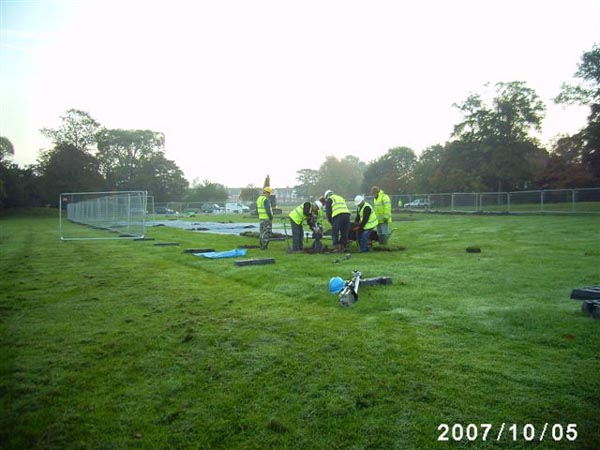
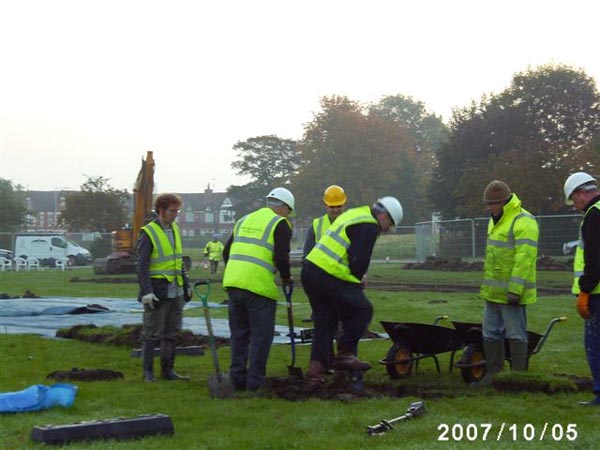
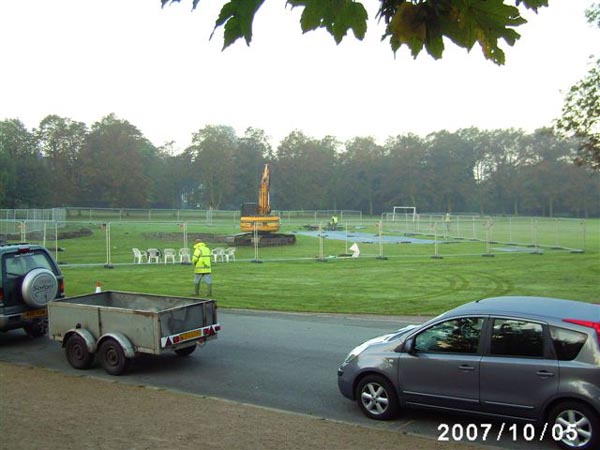
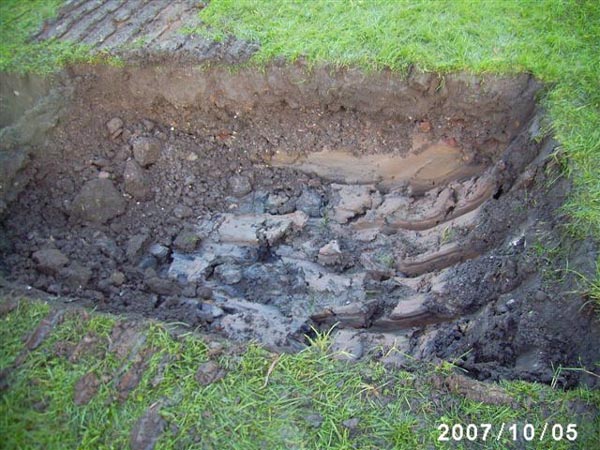
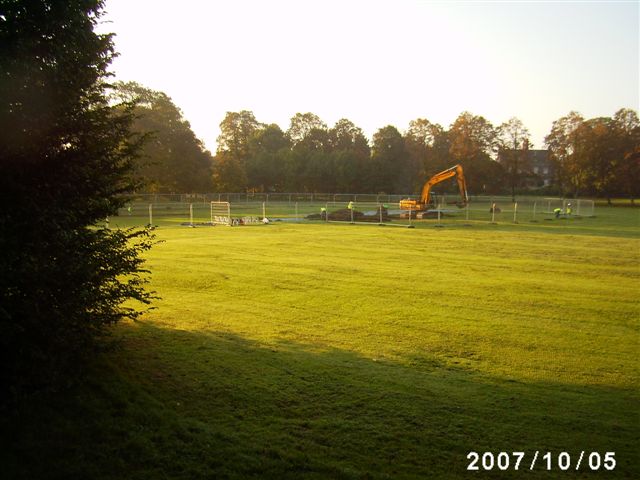
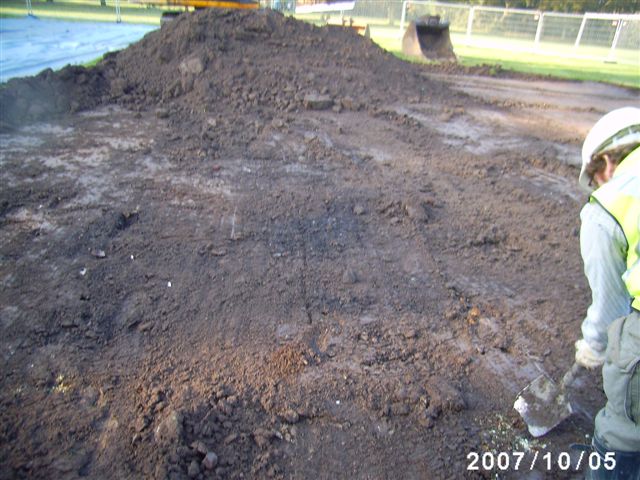
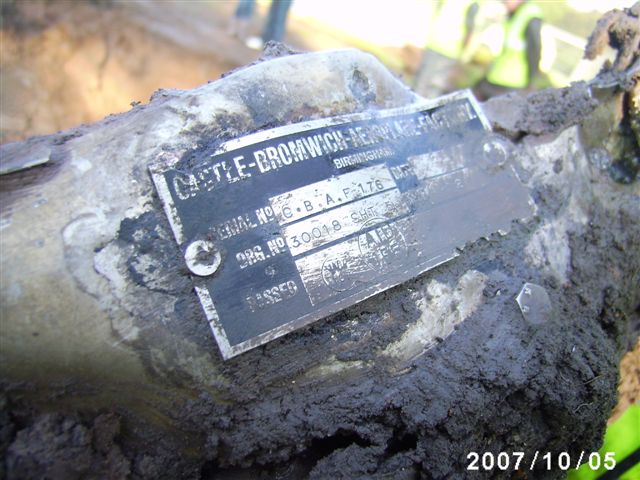
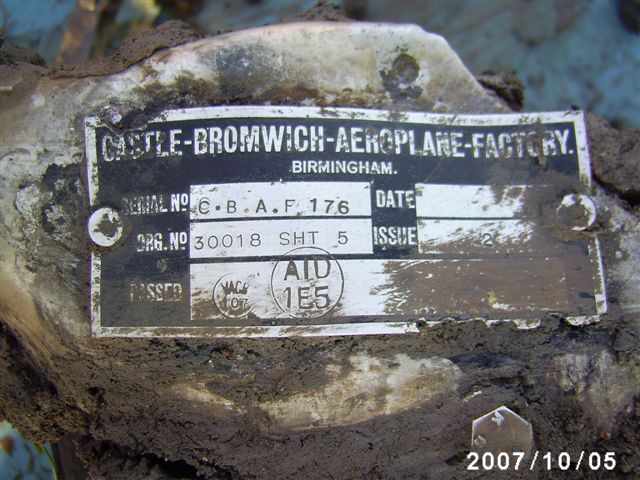
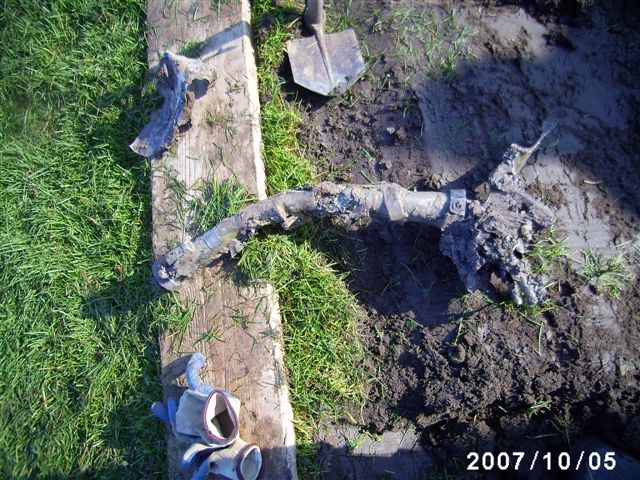
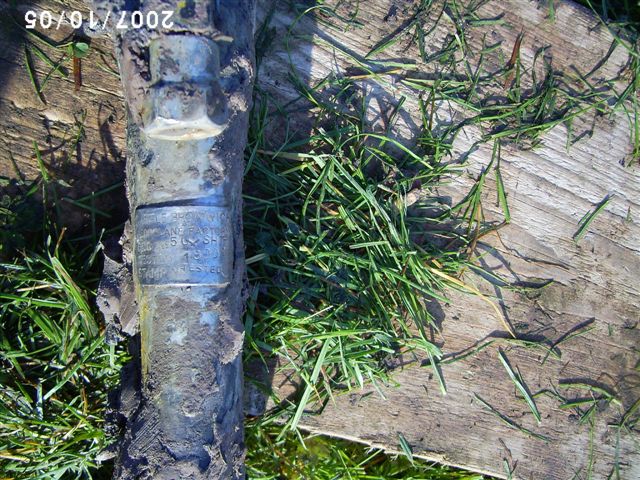
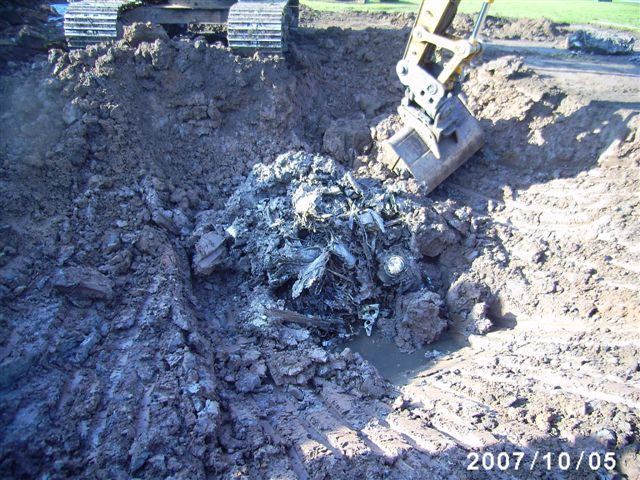
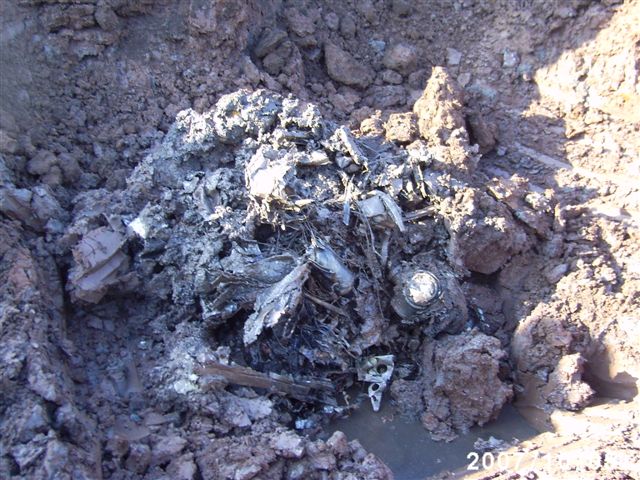

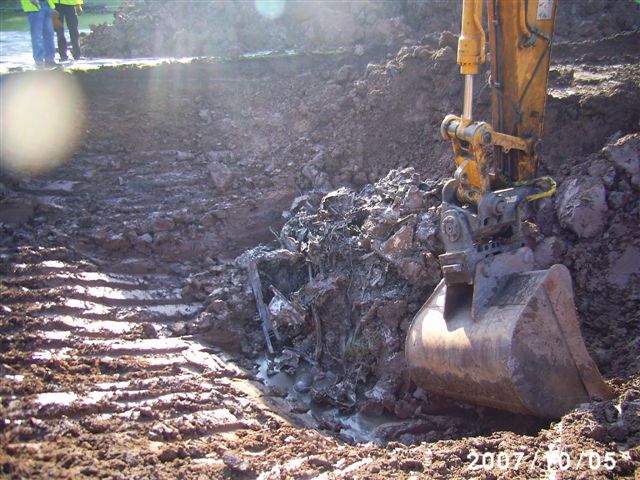
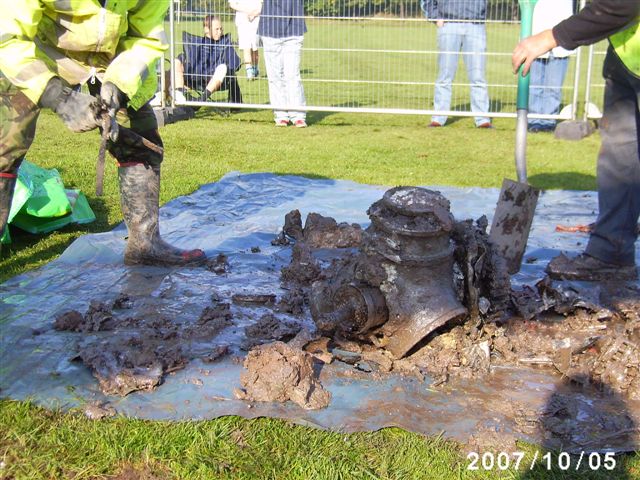
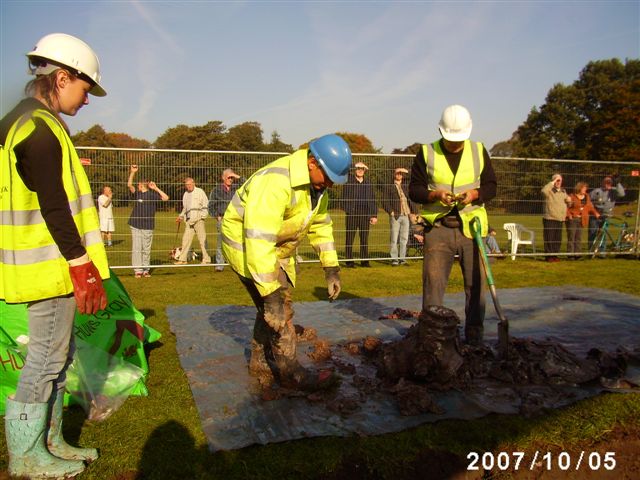
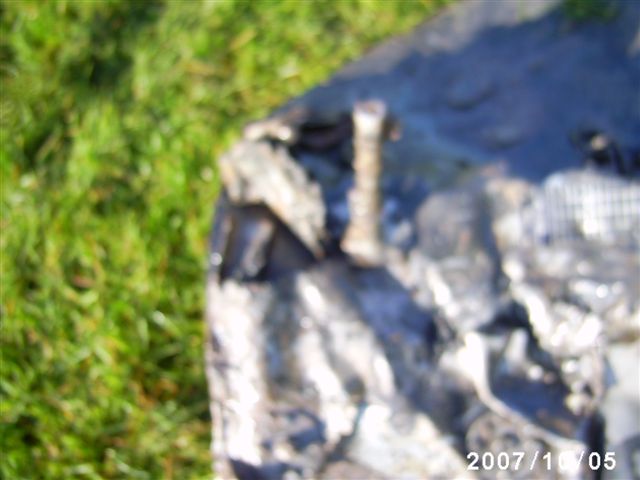
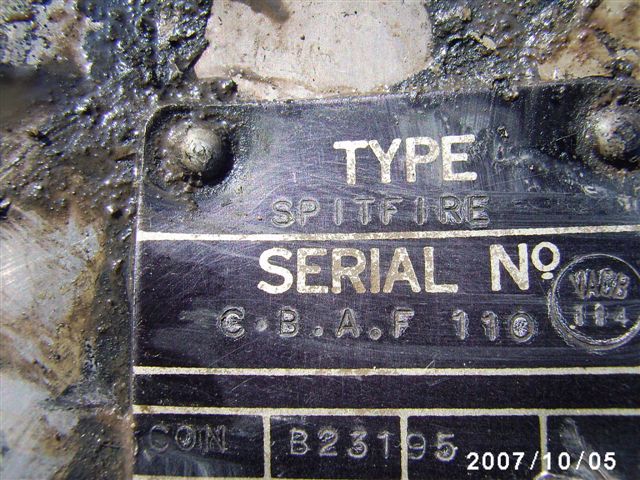
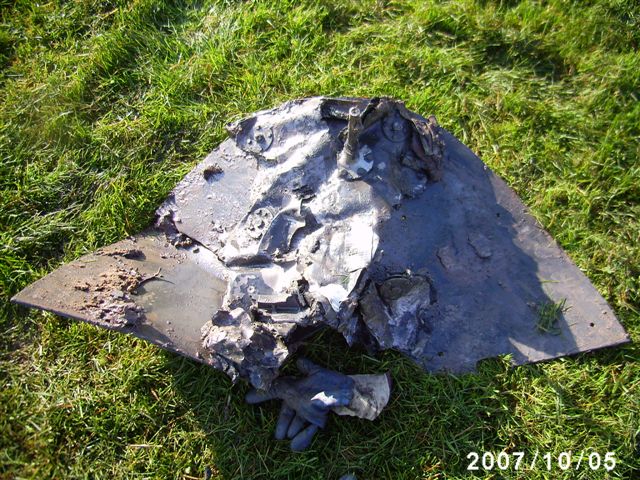
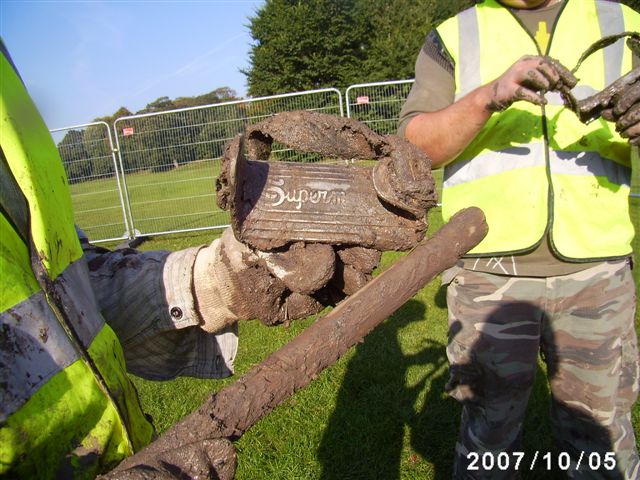
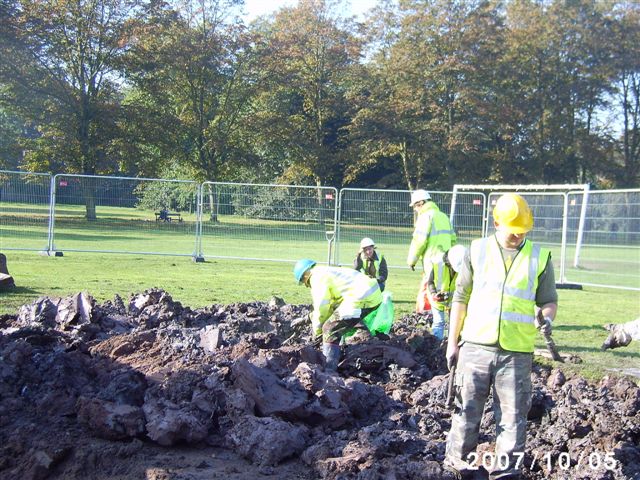
Page
1 2
3
 |
